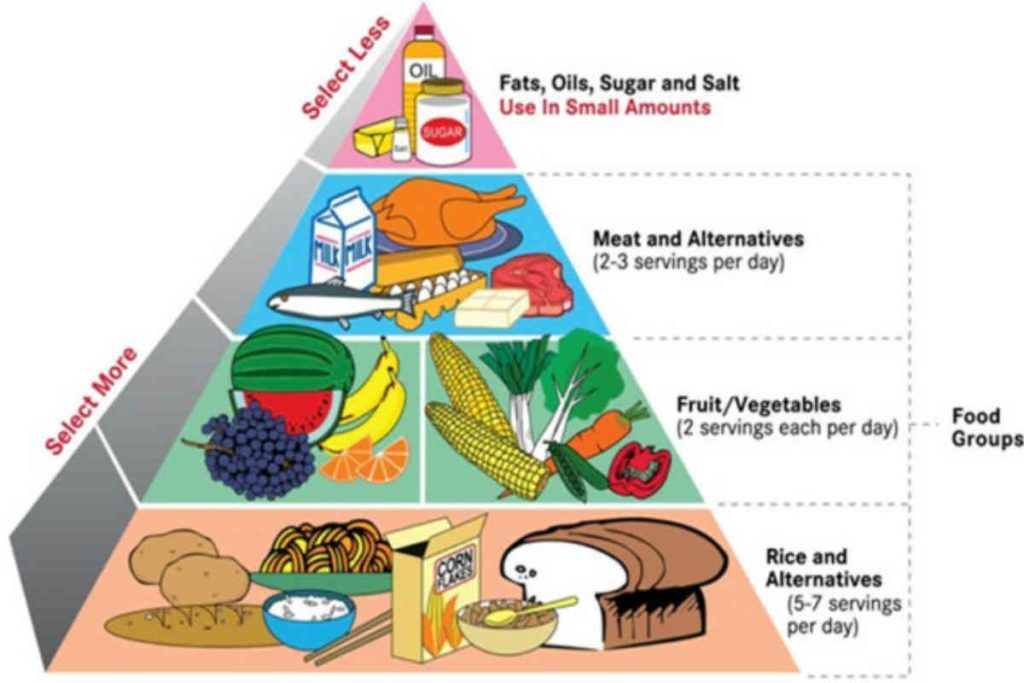A Guide To Combining Rosemary & Thyme For Maximum Flavor

Table of Contents
Understanding the Individual Profiles of Rosemary and Thyme
Before exploring their combined magic, let's understand each herb's unique contribution to the culinary landscape.
Rosemary's Robust Character
Rosemary boasts a strong, piney, and slightly bitter flavor profile. This robust herb adds a distinct savory depth to many dishes. Its versatility shines in various cuisines, particularly Mediterranean cooking.
- Pairs well with: Lamb, chicken, potatoes, roasted vegetables, hearty stews.
- Adds savory depth to: Soups, sauces, marinades, and stuffings.
- Culinary uses: Rosemary sprigs are excellent for roasting meats, infusing oils, and adding a fragrant touch to breads.
Thyme's Delicate Earthy Notes
In contrast to rosemary's boldness, thyme offers subtly sweet, earthy, and slightly lemony notes. This delicate herb lends a fresh, herbaceous lift to a wide array of dishes, making it a staple in classic French cuisine.
- Pairs beautifully with: Chicken, fish, mushrooms, eggs, and a variety of vegetables.
- Adds a fresh, herbaceous note to: Sauces, dressings, herb butters, and soups.
- Culinary uses: Thyme's delicate flavor works well in both simple and complex dishes, adding a layer of complexity without overpowering other ingredients.
The Synergistic Magic of Rosemary and Thyme Together
The true magic unfolds when you combine rosemary and thyme. Their individual strengths complement each other, resulting in a complex and surprisingly harmonious flavor profile.
Complementary Flavors
Rosemary's strong, piney notes provide a grounding base, while thyme's delicate earthiness and subtle lemon undertones add brightness and complexity. This balance prevents either herb from dominating, creating a more nuanced and sophisticated taste experience.
Culinary Applications
The rosemary and thyme combination elevates countless dishes. Their versatility makes them ideal for:
- Roasted meats: Lamb, chicken, pork, and beef all benefit from the herbaceous blend.
- Stews and casseroles: Add depth and complexity to hearty winter dishes.
- Vegetable dishes: Roasted root vegetables, potatoes, and other vegetables gain a savory boost.
- Herb-infused oils and vinegars: Create flavorful additions to salads and marinades.
- Bread making: Enhance the aroma and taste of homemade breads and rolls.
Proportioning Rosemary and Thyme
The ideal ratio of rosemary and thyme depends on the dish and your personal preference.
- Equal parts: Often works well for a balanced flavor.
- More rosemary: Use a higher proportion of rosemary for heartier dishes, like roasts or stews, where its strong flavor can stand up to richer ingredients.
- More thyme: Opt for more thyme in delicate dishes like fish or chicken preparations, where its subtle notes will enhance without overpowering.
Tips for Using Rosemary and Thyme Together Effectively
To fully harness the power of this herbal duo, consider these tips:
Fresh vs. Dried
Fresh rosemary and thyme offer a more vibrant and intense flavor than their dried counterparts. However, dried herbs are convenient and have a longer shelf life. Adjust the quantity accordingly – you'll generally need less fresh herb than dried.
Incorporating into Dishes
Timing is crucial.
- Stews and casseroles: Add rosemary and thyme early in the cooking process to allow their flavors to fully infuse into the dish.
- Sauces and dressings: Add them towards the end of cooking to preserve their freshness and delicate aromas.
- Roasted meats: Rub the herbs onto the meat before roasting for maximum flavor penetration.
Storage and Preservation
Proper storage is key to preserving the flavor of your herbs.
- Fresh: Store fresh rosemary and thyme in a damp paper towel in a plastic bag in the refrigerator for up to a week.
- Dried: Store dried herbs in airtight containers in a cool, dark, and dry place.
Conclusion
Mastering the art of combining rosemary and thyme opens a world of culinary possibilities. By understanding their individual profiles and how they complement each other, you can create dishes with a depth and complexity that will impress. Remember to experiment with different ratios and cooking methods to discover your perfect rosemary and thyme blend. Start experimenting today and elevate your cooking with the powerful flavor combination of rosemary and thyme!

Featured Posts
-
 Finding The Good Life A Balanced Approach To Well Being
May 31, 2025
Finding The Good Life A Balanced Approach To Well Being
May 31, 2025 -
 Achieving The Good Life A Step By Step Guide For Lasting Fulfillment
May 31, 2025
Achieving The Good Life A Step By Step Guide For Lasting Fulfillment
May 31, 2025 -
 Receta Aragonesa 3 Ingredientes Un Viaje Al Siglo Xix
May 31, 2025
Receta Aragonesa 3 Ingredientes Un Viaje Al Siglo Xix
May 31, 2025 -
 Thuy Linh Doi Mat Thu Thach Lon Tai Vong 1 Thuy Si Mo Rong 2025
May 31, 2025
Thuy Linh Doi Mat Thu Thach Lon Tai Vong 1 Thuy Si Mo Rong 2025
May 31, 2025 -
 Griekspoors Revenge A Stunning Victory Over Top Seeded Zverev
May 31, 2025
Griekspoors Revenge A Stunning Victory Over Top Seeded Zverev
May 31, 2025
